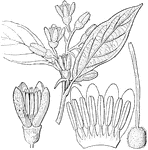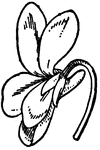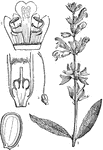
Common Sage
"1. Salva officinalis; 2. its corolla laid open; 3. its pistil; 4. the pistil and lower part of the…

Summer Savory
The Summer Savory (Satureja hortensis) is a flowering plant of the Lamiaceae family. The image shows…
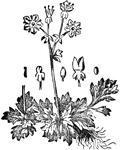
Saxifrage
"A genus of plants of the natural order Saxifrangeae. This order has a calyx, usually of five sepals…
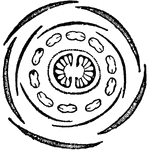
Saxifrage
"Diagram of the flower of Saxifrage (Saxifraga tridactylites). The calyx and corolla consist of five…

Self-Heal
"Self-heal. (Prunella vulgaris). The upper part of the stem with flowers. a, the calyx; b, the corolla;…
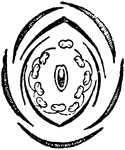
Sweet-pea
"Diagram of flower of Sweet-pea (Lathyrus), showing five parts of the calyx, of which two are superior,…
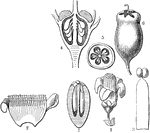
Symplocos
"Symplocos laxiflora. 1. expanded flower; 2. corolla cut open; 3. a stamen; 4. longitudinal section…

Sea Thrift
"Armeria vulgaris. 1. calyx and stamens; 2. section of corolla; 3. pistil; 4. ovule; 5. embryo." -Lindley,…
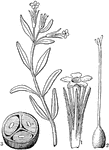
Trumpet
"Collomia gracilis. 1. calyx and corolla; 2. pistil; 3. cross section of a ripe seed-vessel." -Lindley,…
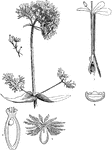
Red Valerian
"Centranthus ruber. 1. a corolla; 2. section of ovary; 3. ripe fruit, with its pappus; 4. cross section…
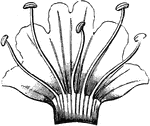
Viper's Bugloss Corolla and Stamens
Echium vulgare (Viper's Bugloss) is a species of Echium native to most of Europe, and western and central…
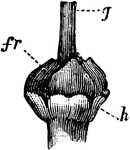
Gynaeceum of Viper's Bugloss
An illustration of the Gynaeceum of the viper's bugloss. Fr, ovary; g, base of style; h, honeyglands.
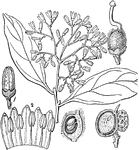
White-Pear
"Apodytes dimidiata. 1. a flower; 2. a corolla spread open; 3. a pistil; 4. section of an ovary; 5.…

Yarrow
"Flower-cluster of yarrow (Achillea Millefolium). A, head seen from above; B, longitudinal section;…


